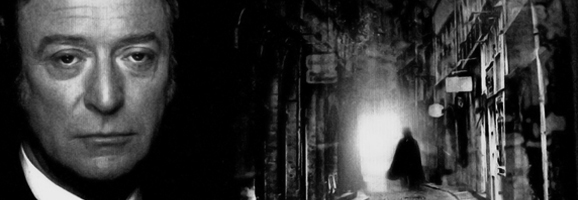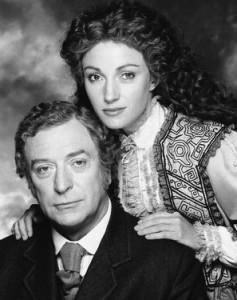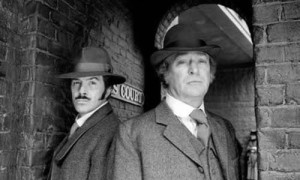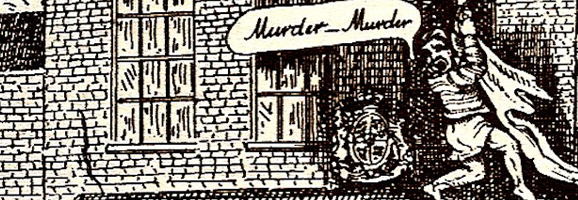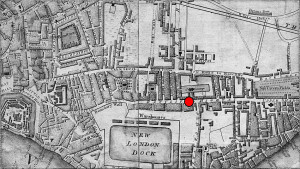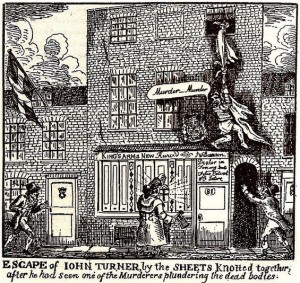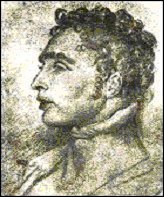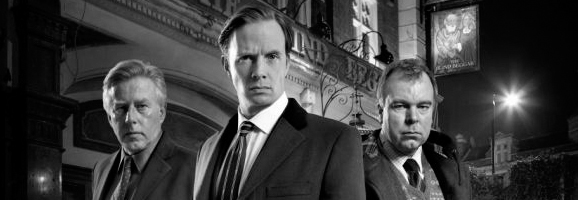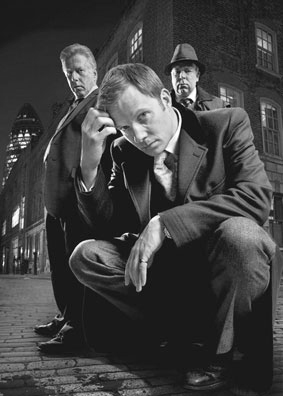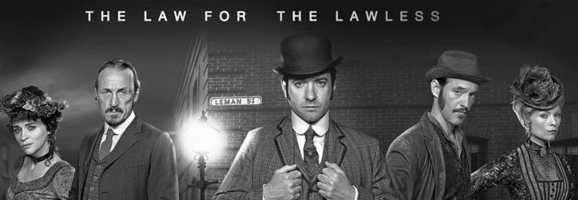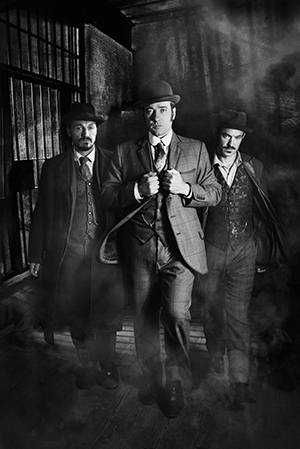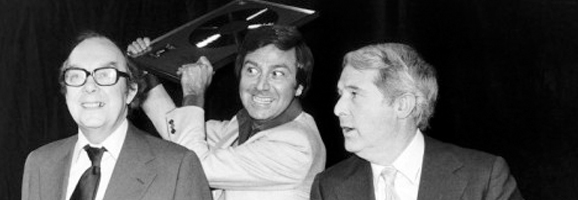
The 43 year old singer walked on to rapturous applause, apparently unseen by the two comedians at the front of the stage. ‘That’ said Ernie Wise to his taller, bespectacled companion ‘is the best record Des has ever made’. ‘Why?’ Eric Morecambe said in reply, ‘Is there nothing on it?’
Des O’Connor walked to between the comics with a smile on his face – and little wonder. He had been the butt of Eric and Ernie’s jokes for years, and it had helped to cement his position in British light entertainment. Often referred to as ‘Des – short for desperate’, or ‘Death O’Connor’ by these two stalwarts of British comedy, it kept this East End singer’s name in front of millions of TV viewers.
Des (his full name was Desmond Bernard O’Connor) was born on the 12th January 1932 in Stepney in the East End of London to father Harry O’Connor and mother Maude. During WW2 he was evacuated to Northampton (he even went on to play, briefly, as a professional footballer for Northampton Town) and worked for Church’s, the famous Northampton Shoe Makers before entering the Royal Air Force for a stint in National Service.
It was during his time in the RAF that Des was asked to take part in a talent contest, which he subsequently won. It was the start of a career in show business that continued virtually to his death.
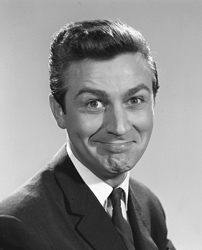
Des O’Connor
For an eight year period, from 1963 to 1971, he hosted his own variety show on ITV which was closely followed by ‘Des O’Connor Entertains’ – a show that featured a wide variety of singing, dancing and comedy sketches.
His singing career had seen him record 36 albums, and he has had four singles that entered the top ten, including ‘I Pretend’ which reached number one with world-wide sales that exceeded 10 million records.
Ever popular on the stage as well as TV, Des appeared over 1280 times at the London Palladium, (a British record) and recalled “They gave me a plaque to commemorate my first 1,000 solo performances there in 1972”
In addition to his performing career, Des hosted a number of game shows and chat shows of his own. He presented a revival of ‘Take Your Pick’ from 1992 to 1998, and took over from Des Lynam as co-presenter (with Carol Vorderman) of the popular Channel 4 game show ‘Countdown’. He also co-hosted the light entertainment programme ‘Today with Des and Mel’ opposite Melanie Sykes, the pair famously ‘corpsing’ on stage when risqué double-entendres crept into the script.
Des was been married four times; the first in 1953 to Phyllis Gill, then Gillian Vaughan in 1960, Jay Rufer in 1985 and finally to Jodie Brooke Wilson who he married in September 2011. He has a total of five children between the four women, the last being a son Adam who was born in September 2004.
He was somewhat criticised in the press as being selfish for fathering his last child when he himself was 80 years old, but hit back, stating ‘I’ve had people saying I was selfish. But what’s selfish about that? How can you say to a woman you’ve been with for 15-odd years, ‘No, I’ve got four and we’re not having any more? That would be selfish’…
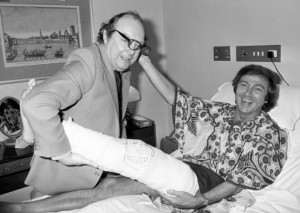
Des O’Conner with Eric Morecambe
Des O’Connor went on to win a number of awards – in 2001 he was presented with a Special Recognition Award at the National TV Awards for his contribution to television and was appointed a CBE – Commander of the British Empire – in the Queen’s 2008 Birthday Honours List.
But, ironically, it is probably his work as a willing stooge working with Morecambe and Wise that Des is most fondly remembered. He joked that it has got him cabs (‘provided I didn’t sing’) and he even had an opportunity to get his own back on the two comedians in the Morecambe and Wise Christmas Special of 1975 – when he was revealed as a member of the Firing Squad at the end of the main sketch…
Sadly, Des O’Connor died on 14th November, 2020 at the age of 88 following a fall at his home in Buckinghamshire.
He will always be remembered as one of the best all-round entertainers ever to come out of the East End…

